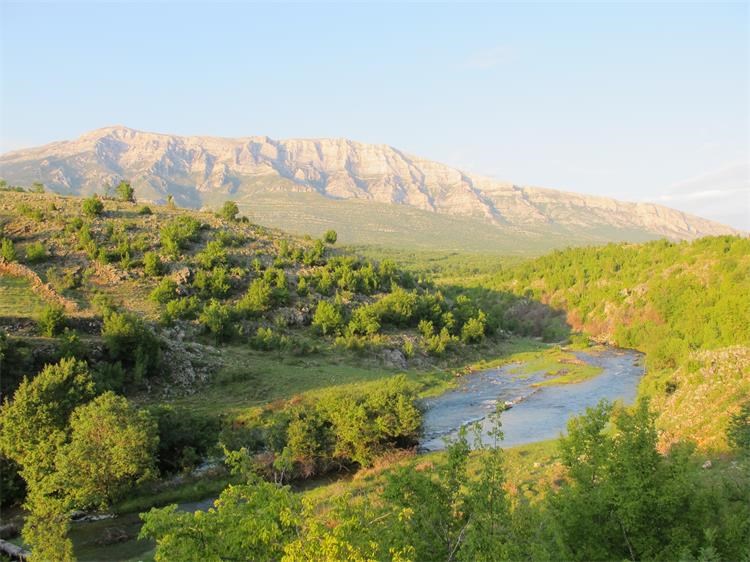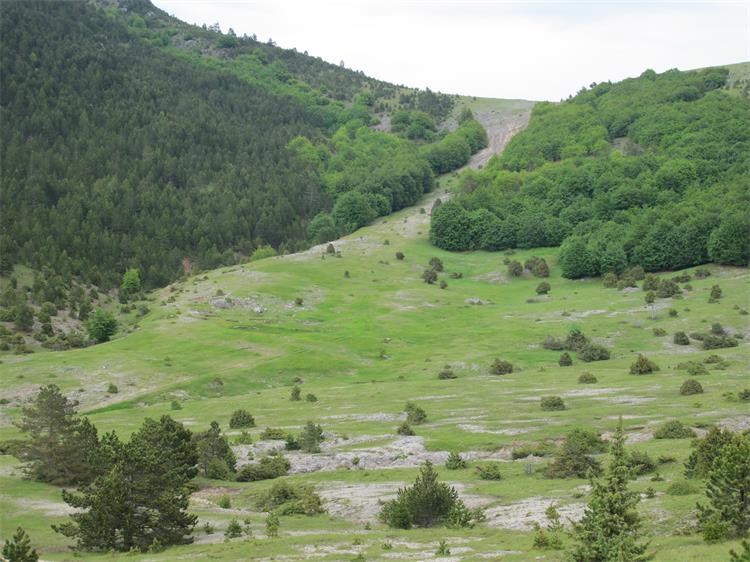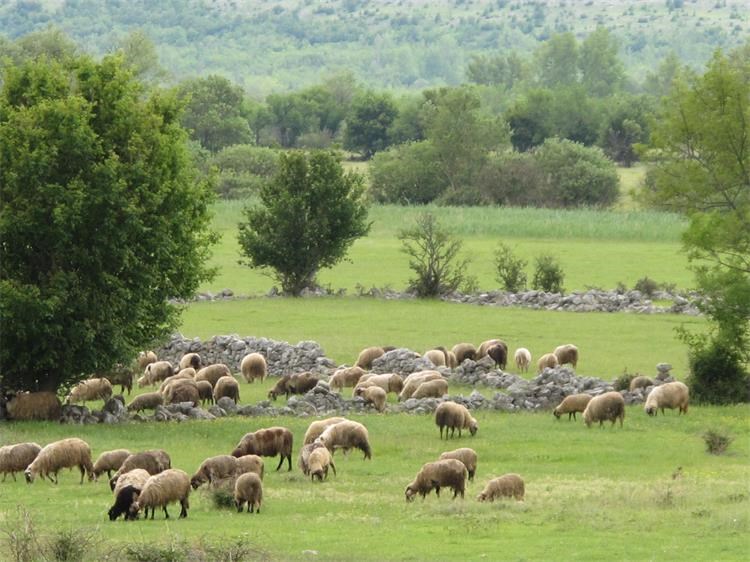Croatia Declares Mount Dinara 12th Croatian Nature Park!
February 5, 2021 – Croatia gets one more protected area as Mount Dinara becomes the 12th Croatian nature park.
Today, the Croatian Parliament proclaimed the Mount Dinara Nature Park. The Park will encompass the area of the Dinara massif (Dinara, Troglav, and Kamešnica), the Cetina River's upper course, and the Hrvatačko, Paško, and Vrličko karst fields. The highest peak of Croatia – Sinjal (1831 m), is located in the Park, too. These mountains are part of the Dinaric Alps, also commonly known as Dinarides, a mountain range in Southern and Southeastern Europe.
As the Minister of Economy and Sustainable Development Tomislav Ćorić said, the Mount Dinara Nature Park proclamation is an important moment for nature protection in Croatia, reports the Ministry.
"Mount Dinara Nature Park has become the 12th nature park in Croatia. Together with eight national parks, we have completed a set of 20 protected areas in the categories of nature and national parks," said the Minister.
Source: Ministry of Economy and Sustainable Development
With an area of 63,052 ha, Mount Dinara Nature Park stretches through Šibenik-Knin and Split-Dalmatia counties. It is thus the second-largest nature park in Croatia, after Velebit Nature Park.
With the proclamation of Mount Dinara Nature Park, the share of protected areas in Croatia's land area, together with the area of the ecological network Natura 2000, makes 39 percent of Croatia's land area protected. There are 11 areas of the Natura 2000 ecological network in the Park area – two conservation areas important for birds and nine conservation areas important for species and habitat types.
The Park area is rich in other values derived from the centuries-old tradition of human use of space – semi-natural habitats, indigenous breeds and varieties, and rich cultural and historical heritage. The Dinaric karst is a phenomenon recognized at the international level that covers a much wider area, and it was named after the Dinara as a type locality.
Source: Ministry of Economy and Sustainable Development
Over 1000 plant species live here, a fifth of the total Croatian flora, and 75 of them are national endemics. Also, over 20 endemic animal species live in this area, and due to the untouched vast complexes of forests and grasslands, it is essential for our large carnivores – wolves, bears, lynxes. High Dinaric grasslands are the most important locality in Croatia for the yellow mountain viper (Vipera ursinii macrops), an endemic Dinarides snake species.
The protection of this area will have positive effects on nature conservation, but also the population and the economy of the wider region. The revitalization of extensive livestock is expected, as well as other traditional activities and new opportunities for sustainable use of space.
Source: Ministry of Economy and Sustainable Development
To read more news from Croatia, follow TCN's dedicated page.
Dinara to Become Newest Nature Park in Croatia
May 17, 2020 - There are currently 11 Nature Parks and 8 National Parks in Croatia, though that number could soon increase with the Dinara Nature Park.
Namely, HRTurizam reports that the Ministry of Environmental Protection and Energy sent the Proposal of the Law on the Proclamation of the Dinara Nature Park for consultation with the interested public through the e-Consultation portal.
This would thus protect the Dinara massif (Dinara, Troglav and Kamešnica), the source part and the upper course of the Cetina river and karst fields (Hrvatačko, Paško and Vrličko) along the Cetina in the category of a nature park.
Adopting the proposed law would create legal preconditions for the establishment of a public institution, adoption of the spatial plan of the area of special features and management plan of the Nature Park "Dinara" which would regulate, in more detail, the protection, improvement and use and management of this protected part of nature, points out the Ministry of Environmental Protection and Energy.
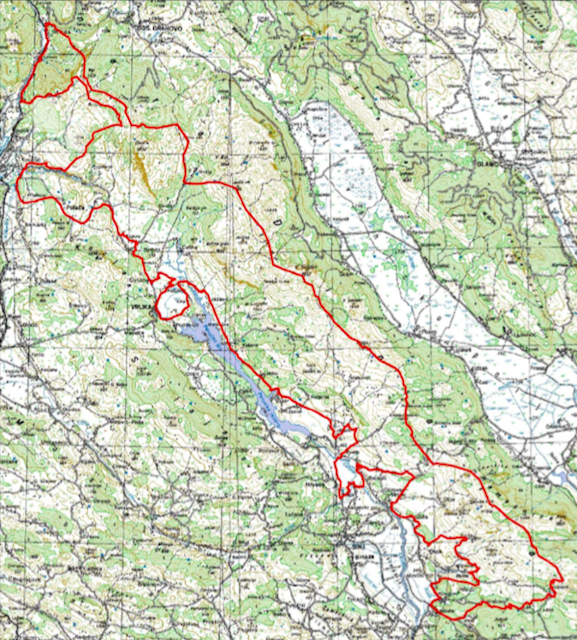
Visit Knin
The protection of the Dinara massif in the category of the nature park is of special interest to the Republic of Croatia to preserve the original natural values, rich geodiversity, wild species and endemics and the overall diversity of natural habitats such as water habitats of the Krka and Cetina rivers with their tributaries, wetlands, rocks and taps, forest and cave habitats and other natural values derived from the centuries-old tradition of human use of space, semi-natural habitats, indigenous breeds and varieties and rich cultural and historical heritage preserved in numerous archaeological finds and cultural and historical sites.
The consultation is open until June 1, 2020, on the e-Consulting portal.
Dinara is Croatia's highest peak - 1831 meters above sea level.
Although many do not know, there is a great interest of foreigners, who, as tourists, visit the Croatian coast in the summer to climb the Dinara.
Via Dinarica, is a mega-mountain and hiking trail, which connects natural and cultural sights in the Dinarides, and is recognized as a great development opportunity and potential for Slovenia, Croatia, Montenegro, Serbia, Kosovo, and especially for Bosnia and Herzegovina.
Via Dinarica is a route intended for mountaineers, cyclists and other excursionists who visit the Dinarides as tourists, but at the same time, a platform for the development and improvement of living and working conditions for people living in the Dinarides. One of the basic goals of the project is, in addition to mountaineering activities, to promote the local economy and thus bring tourists closer to local food, accommodation, various services and the like.
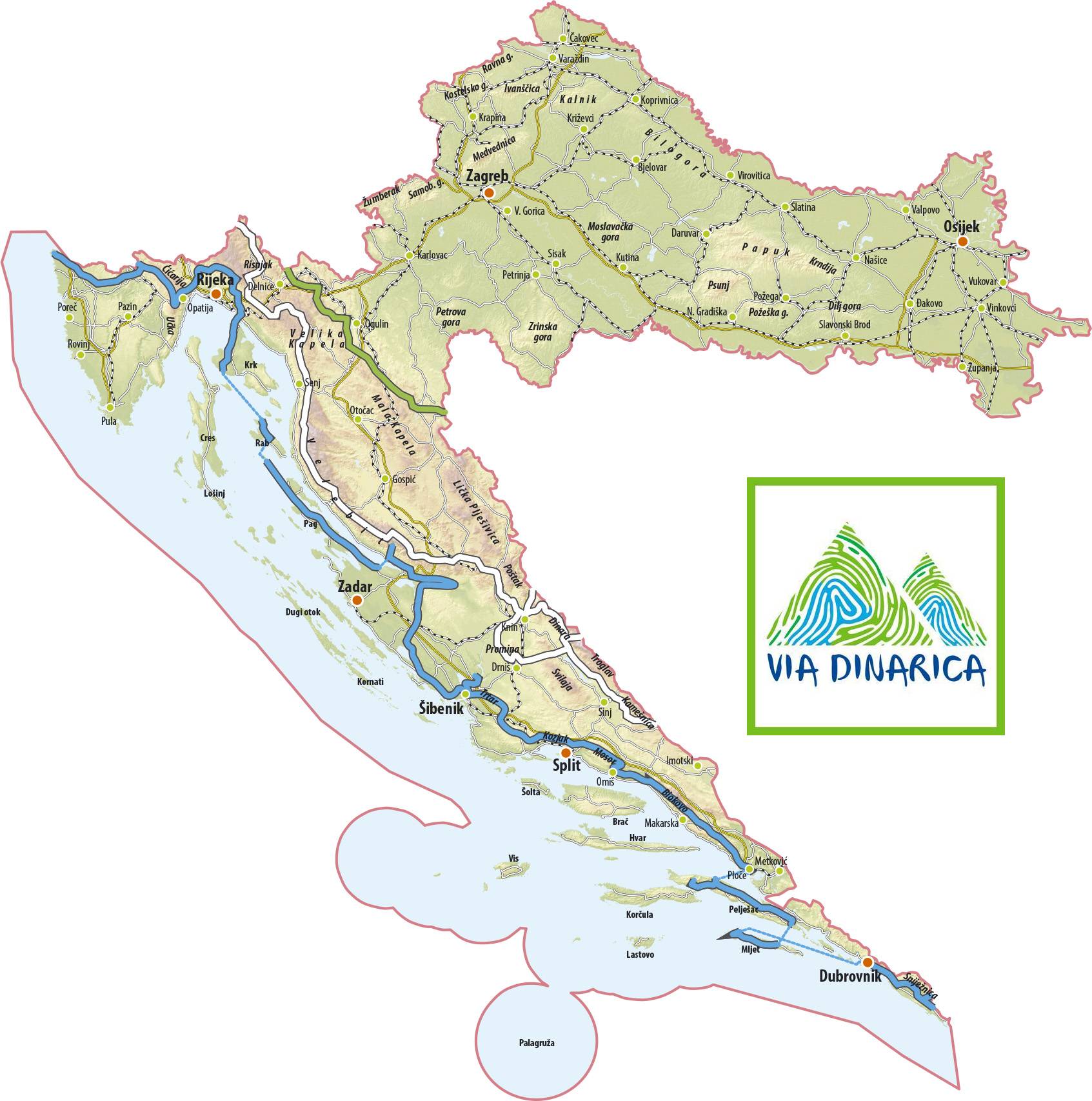
Visit Knin
The Via Dinarica road consists of three main directions (corridors) - three parallel routes.
The blue line follows the Adriatic coast connecting the coastal series of the Dinara mountains, the white line covers the high Dinarides, and the green line the inner Dinarides. All three lines of the Via Dinarica corridor stretch along the Dinaric area of Croatia, and partially touch.
In Croatia, Via Dinarica visits six national parks (Risnjak, Northern Velebit, Paklenica, Plitvice Lakes, Krka, Mljet), four nature parks (Učka, Velebit, Vrana Lake, Biokovo) and two strict nature reserves (Bijele and Samarske stijene and Hajducki and Rozanski kukovi on Velebit).
In Croatia, the Dinaric mountains stretch parallel to the Adriatic Coast, which is an additional experience for all adventurers. You can find out more about Via Dinarica HERE
To read more about travel in Croatia, follow TCN's dedicated page.


